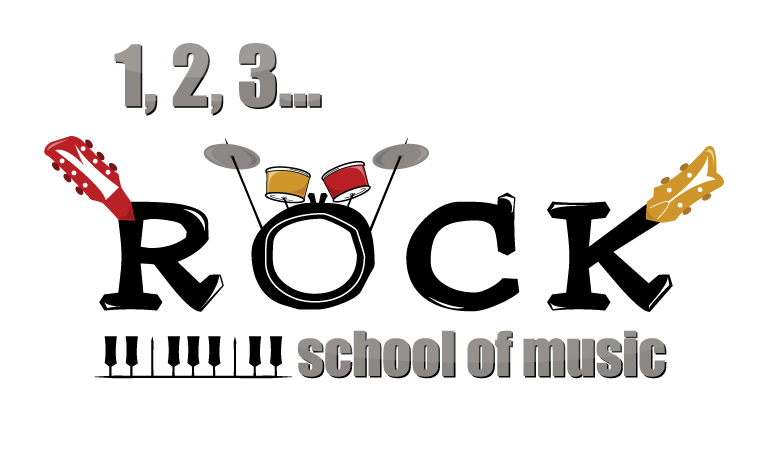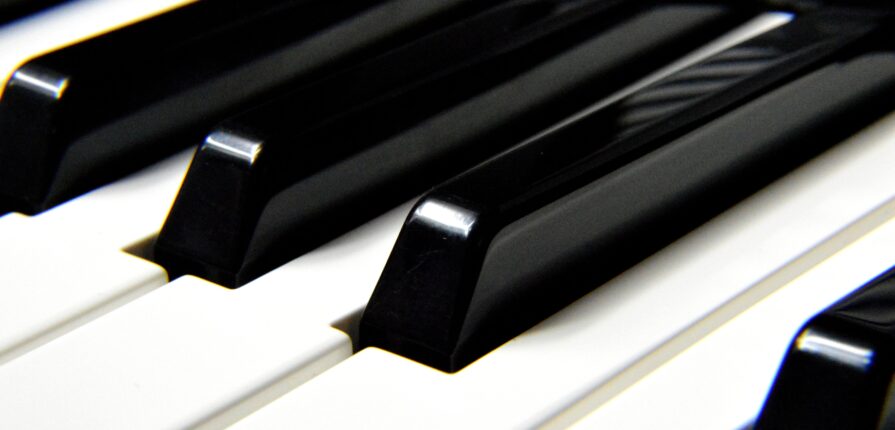The extensive array of available options for digital keyboards can be overwhelming, especially for newcomers or those guiding their children into the world of music.
With terms like digital keyboards, portable keyboards, arranger workstations, and digital pianos circulating, it’s crucial to understand their distinctions and similarities!
—
Friday, February 9th
Acoustic vs. Digital Keyboards
Regarding keyboards, it’s crucial to grasp the difference between acoustic and digital instruments. Acoustic pianos produce sound through the vibration of physical strings when struck by hammers, creating a rich, resonant tone. On the other hand, digital keyboards and pianos generate sound electronically, requiring amplifiers and speakers to be heard.
Digital instruments convert sound into numerical data, similar to how devices store and play music. This allows for easy connectivity to external devices for recording and playback, making it convenient to practice with headphones and play with favorite tunes.
Understanding this distinction is essential for choosing the right keyboard instrument based on sound production, portability, and connectivity to modern devices.
Digital Keyboards vs. Digital Pianos
Digital pianos are tailored to replicate the sound and touch of acoustic pianos, often featuring 88 weighted keys similar to their acoustic counterparts. In contrast, digital keyboards offer a broader range of sounds but usually have fewer keys, sometimes 61 or 76, with unweighted plastic keys and touch-sensitive features.
Due to multi-layered recordings, the quality of piano sounds in digital pianos tends to surpass that of digital keyboards, providing a higher degree of realism. However, this precision comes at the expense of memory space for other sounds. Digital keyboards, on the other hand, offer many sounds, including drums and percussion, making them ideal for constructing diverse arrangements and performances.
Regarding size and portability, digital pianos are typically larger and heavier for stationary use. In contrast, digital keyboards are designed with portability in mind, offering lightweight and compact options suitable for on-the-go music-making.
Both digital pianos and keyboards bring unique benefits compared to acoustic pianos, including cost-effectiveness, low maintenance, and a wide range of price points. Ultimately, the choice between the two depends on individual preferences, musical pursuits, and mobility needs.
Therefore, the choice between a digital keyboard and a digital piano hinges on the significance of experiencing authentic piano sound and touch. Regardless of your decision, both options promise a lifetime of musical enjoyment.
——
This article is based on “WHAT’S THE DIFFERENCE BETWEEN A DIGITAL KEYBOARD AND A DIGITAL PIANO?“, published on yamaha.com


